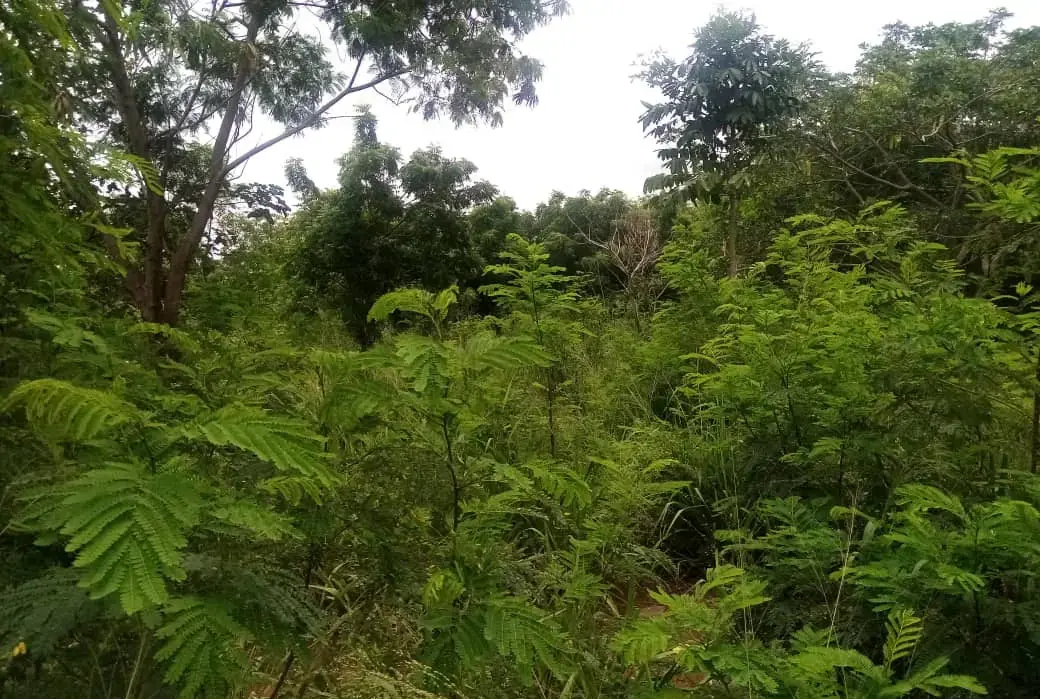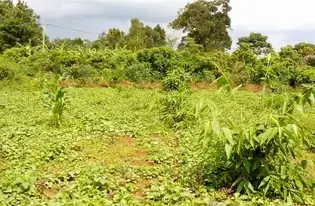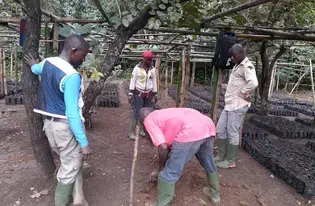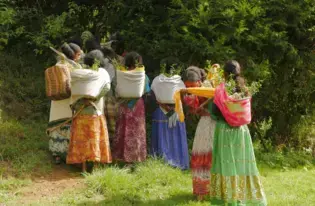Ghana has a diverse landscape including plains, low plateaus, rainforests, and a picturesque coast. It was once known as the “Golden Coast” due to its abundant gold supply. However, the country now faces serious challenges as land degradation threatens its rich terrain and resources.
The Institute of Green Growth Solutions (IGGS) is a Ghanaian organization that focuses on achieving sustainable development through research-based approaches. Their goals include promoting economic growth, effective governance, natural resource management, environmental sustainability, and social equity. Based in Kokofu, Ashanti, IGGS addresses climate change and improves livelihoods.
Gold mining in the region has caused significant land degradation, which has made the soil unproductive and unusable. To address this issue, IGGS has implemented various techniques to restore the land such as agroforestry, reforestation, and enrichment planting. These techniques help improve the livelihoods of affected communities.
IGGS is one of the partners of TerraFund for AFR100, an initiative of World Resources Institute, One Tree Planted, and Realize Impact that finances Africa's top restoration enterprises and projects. With support from AFR100, IGGS is planting 200,000 trees to mitigate the effects of climate change. They aim to explore the use of carbon credits to fund their restoration work and create alternative sources of income for local communities.
Mr. Nana Antwi, a resident in the community that is benefiting from IGGS’s work expresses that: “The afforestation work is indeed an important green job. A job within which I have seen significant improvement in my livelihood and my family’s.”
IGGS is adopting a bottom-up approach that centers on connecting with local leaders and communities. As land is owned by local traditional leaders, these authorities play an essential role in building community connections and driving change.
In the coming years, IGGS will continue to rehabilitate degraded mining areas of eastern Ghana. The initiative aims to enhance air and water quality, improve soil health, increase crop yields, sequester carbon, and safeguard biodiversity.
The organization is encouraged by the community’s positive attitude towards caring for the environment and natural resources. This demonstrates that a research think tank can create sustainable change for the environment and communities.





